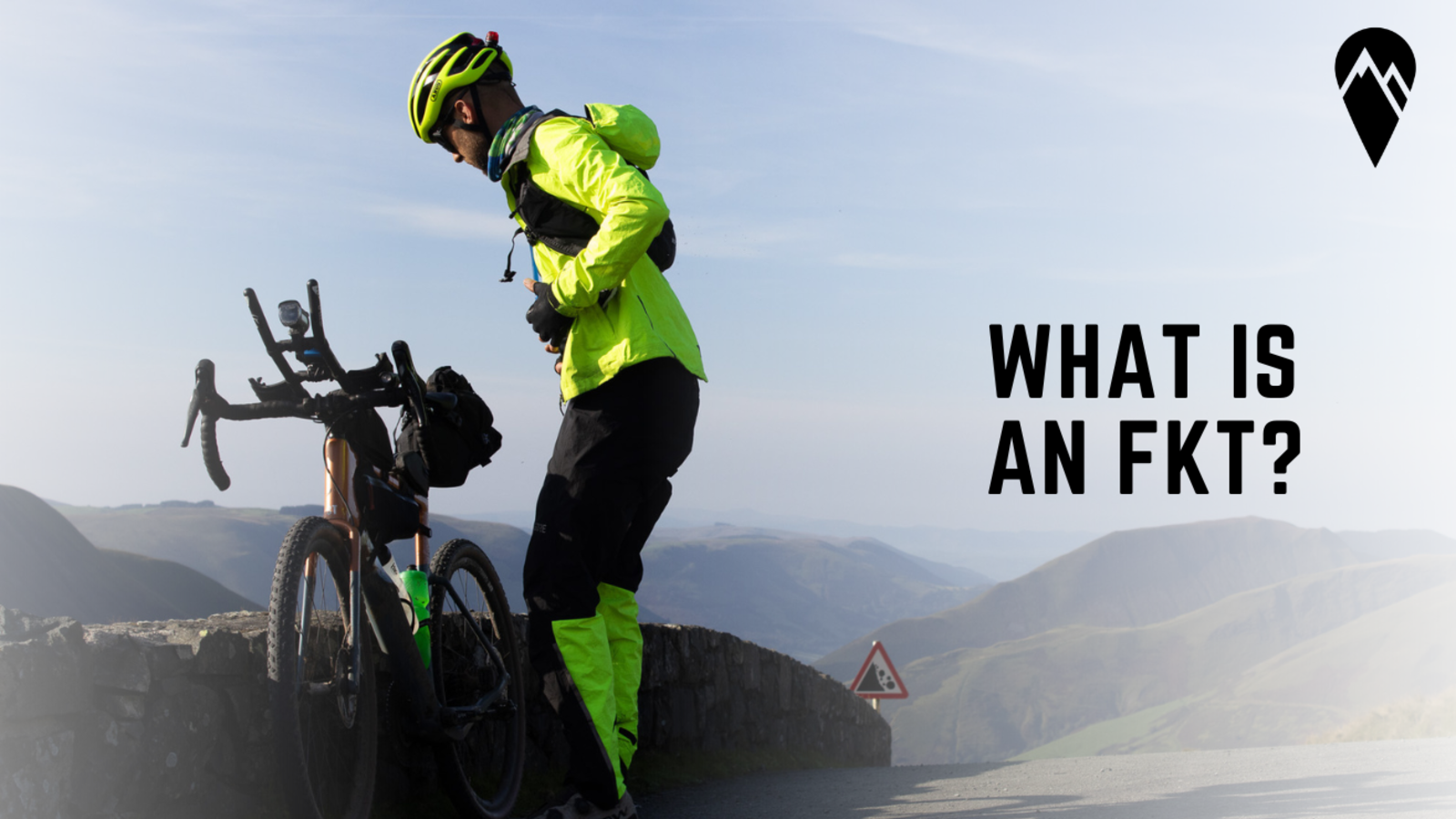DotWatcher.cc
The highly sought after FKT, what does it mean and why is it important? What's the difference between a race win and an FKT?
We'll explore the meaning of an FKT and find out why it matters to the ultra-cycling community.
Definition of an FKT
FKT stands for Fastest Known Time, from here on out we’ll call it an FKT (eff-kay-tee). It is the fastest time on a set-route. The FKT holder “has” the FKT until someone else completes the set-route faster.
An FKT Attempt is when a rider states their intentions of heading out on a specified route to try and beat the previous or set the FKT.
A set-route is a route that is created and does not deviate between attempts allowing for a level playing field between riders.
A race or mass start is when many riders come together in either an organised fashion, with a race organiser and route creator managing the event. Or, it is less "organised", a date is stated by an individual (who is often slightly more elusive) and everyone turns up to try and be the fastest or have a great experience.
Variations on FKTs
There is often the Overall FKT, the fastest time a rider has ever ridden. Then there can be sub-categories such as:
- Women’s FKT, the fastest woman.
- Single-Speed FKT, the fastest rider with one gear.
- Fixed Gear FKT, the fastest rider with one gear and no free-hub.
- Winter FKT, the fastest rider in winter.
It is worth noting that the Winter FKT is generally within the idea of Winter Conditions which would include snow on the ground or snow forecast.
Rules of an FKT Attempt
Certainly in ultra-cycling or bikepacking, it is accepted that riders must be fully self-sufficient on their FKT attempt. This means that riders must carry all their own provisions or purchase them en route at resupply points available to everyone. Yes: buying a sandwich at a petrol station, No: your mate bringing you a bottle of water and a snack at 2 am.
This often extends to company, it is generally accepted that riders must be attempting the FKT alone without a ride buddy for any length of time. It’s argued that the moral support another person brings may be enough to push you on further than you would previously have, or even provide a benefit from drafting or sharing gear.
Some route creators may stipulate about company, others may. Riders can be subject to scrutiny if they have much contact with the outside world especially if they’ve tackled a notoriously difficult route.
What is a Route for an FKT?
To have an FKT, there’s got to be a route! It’s generally accepted that any established route could have an FKT. As long as the route is safe and legal to ride on (unless stipulated “portages” like the Grand Canyon section of the ) then it can be a route with an FKT. There are databases in some countries for FKTs, such as for here in the UK. They have a list of all the established routes in the area and provide the Men’s and Women’s fastest time and then any added categories.
Anyone can create a route, however, the more established the route is, the more hotly contested as an FKT! National Trails such the Arizona and Colorado Trails in the USA are heavily sought after for a number of reasons. They form the larger Triple Crown by including the Tour Divide and are seen as the pinnacle of off-road bikepacking endeavour.
If the route deviates from past FKT attempts, for example, a re-route due to closed trails then it can leave 2 FKTs, a legacy FKT and the new FKT. The previous FKT holder can be forever held as the legacy fastest. If the route isn’t changed too significantly, like a similar terrain, elevation and distance via a different track, then the FKT remains the same.
FKTs During a Race
Some routes may have a mass start on them once a year. Riders can win the mass start and also gain the FKT at the same time if they manage to take the crown! There are pros and cons to chasing an FKT during a race vs. planning your own attempt.
Some riders may thrive under the pressure of competition and be pushed on by their competitors. Other riders may find it easier to plan their own attempt around the seasons, weather conditions, trail traffic and other life commitments.
Finally, a free-route race may have , but because the riders can choose their routes there are no FKTs. Especially as the route's parcours change year on year.
Why Does it Matter?
FKTs allow riders to compare themselves to the best race time, regardless of who shows up at the mass start. The FKT can also set a challenge for those front riders, a time to aim for and beat, increasing the competition of some of the world’s most successful races.
Sometimes mass start races aren’t a viable option, if riders can’t make a race, it gives them the option to head out and test themselves against the best!
Some routes may not be able to host a mass start or there may not be an organised one in place. An FKT attempt is then the only way to challenge the fastest time on a set route.
Finally, FKTs are a great way to ride in between races or provide a way for riders to test themselves before a big season. They're the perfect antidote to a weekend twiddling your thumbs and a great way to explore your local area or further afield.

